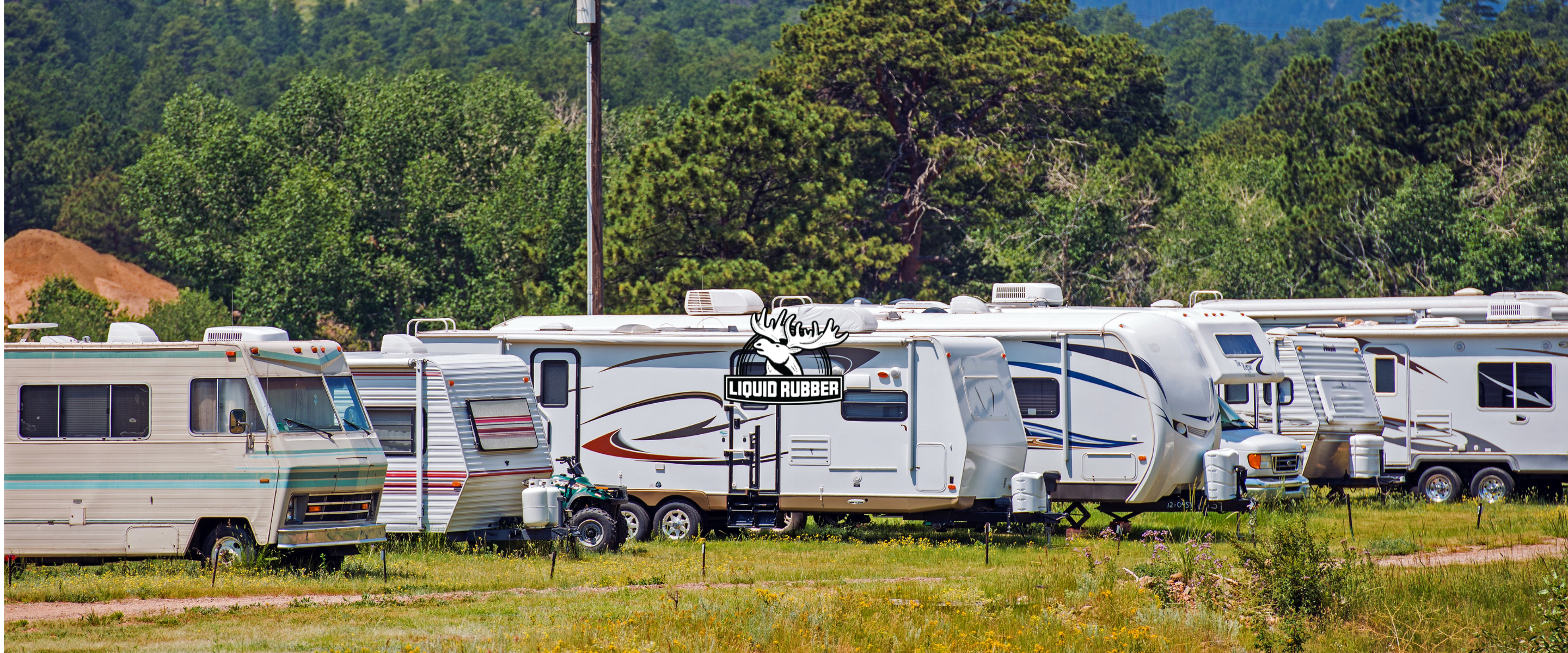Waterproofing your basement is a necessary step in home maintenance that can save you from potential water damage. A wet basement can lead to a host of problems, such as mold growth, structural damage, and decreased property value.
While there are many ways to tackle this issue, one of the most effective methods is to learn how to waterproof basement walls from the inside using Liquid Rubber.
Waterproofing: A Preventive Measure for Your Basement
Before you dive into the process, it's important to understand why your basement might be wet in the first place.
- Water infiltration through cracks in the foundation or walls
- Improperly installed windows that prevent water from draining out
- Inadequate drainage system, causing rainwater to pool around the foundation of your home
If you suspect any of these issues, it's advisable to have an inspection done by a qualified professional before attempting to waterproof your basement.
 The DIY Approach to Waterproofing Your Basement
The DIY Approach to Waterproofing Your Basement
While calling in professionals is always an option, it can be an expensive one. Fortunately, you always have DIY options with Liquid Rubber. We provide products that are carefully designed to help you waterproof your basement yourself. They are easy to use, affordable, and most importantly, reliable.
Preparing Your Basement for Waterproofing
The first step in waterproofing your basement is to prepare the area. This involves a thorough cleaning to ensure the sealant can properly adhere to the surface. Here's what you're going to want to do:
-
Remove existing coatings: If there are any existing coatings on your basement flooring or walls, these will need to be removed. You can use methods such as paint remover or sandblasting to do this.
-
Clean the foundation and walls: Ensure that the foundation and walls are free from dirt, dust, and mold. A solution of bleach and water (12 ounces of bleach to every gallon of water) can be used to clean moldy areas. Once cleaned, rinse the areas with warm water and allow them to dry completely before applying the sealant.
-
Seal any holes or cracks: Small cracks and holes in the foundation can be filled using hydraulic cement. This synthetic cement sets rapidly and is easy to apply. Use a trowel to apply the cement to the affected areas and wipe away any excess.
Choosing the Right Products
You're going to want to look at two amazing products we offer that you can use to waterproof the walls in your basement's interior. Look to our Basement Foundation Sealant and Color Waterproof Sealant. Both are excellent choices for waterproofing basement walls from the inside.
Applying the Basement Foundation Sealant
After preparing your basement and choosing the right products, it's time to apply the basement foundation sealant. Here's how:
-
Apply the Liquid Rubber Multi-purpose Primer: Using a nylon bristle brush or a nap roller, apply the primer to the basement walls. Make sure to use even strokes and cover the entire surface. Allow the primer to dry for 1-2 hours before applying the top coats.
-
Apply the sealant to the walls: Once the surface is primed, it's time to apply the sealant to the interior basement walls. For the best results, apply several heavy coats to create a waterproof membrane.
Sealing Openings to Windows & Doors
To ensure a completely waterproof basement, don't forget to seal the areas around your doors and windows. You can use Liquid Rubber's Sealant and Adhesive for this purpose. Just make sure to follow the product's instructions for effective use.
A Word of Caution
While waterproofing your basement yourself can save you money, it also requires a fair amount of work and attention to detail. If you're not comfortable with DIY projects or if your basement has serious water damage, it's best to hire a professional to get an inspection and assess any potentially serious issues and correct them first.
 Conclusion
Conclusion
Learning how to waterproof basement walls doesn't have to be a daunting task. With the right products and a little bit of effort, you can protect your basement from water damage and ensure it remains a dry, usable space. So, roll up your sleeves, dare to DIY differently, and get to work! You'll be glad you did when you see the results.




